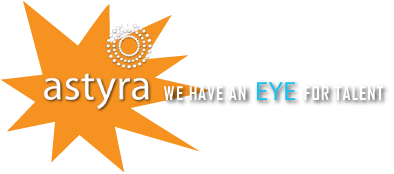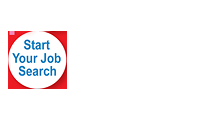Interviews – the place where your palms are sweaty, your heart races and at some point, you leave with a thought about how you will spend the money you will earn when you get the job. Being nervous during an interview is common for the interviewee and usually, for the interviewer too. Smiling, confidence and a good presentation of your competencies are key.
Here are 5 tips to make sure you have a good shot (no promises):
- Be on time. On time = 15 minutes early and not a minute more. It is polite to be early, but not so early that your interviewer has to adjust their schedule to accommodate your presence. If you arrive more than 15 minutes early, sit in the foyer or in your car.
- Dress appropriately. Appropriate for a business meeting because that is what an interview is. Sportswear and attire that you would wear to a party should be left in your closet.
- Know your resume. Good practice – to hand your interviewer a copy of your résumé. Poor practice – to refer to your résumé when asked questions about your work history because you cannot remember.
- Do your research. Before attending an interview with a company, make sure you have researched them and understand their mission statement, at the very least. It is very disappointing to an interviewer if they find out you don’t know who they are and a sure way to lose the opportunity.
- Thank your interviewer. Once your interview is complete, be sure to thank the person that interviewed you for considering your application AND send a brief thank you email to this effect.
Share this post:






What’s on your mind?